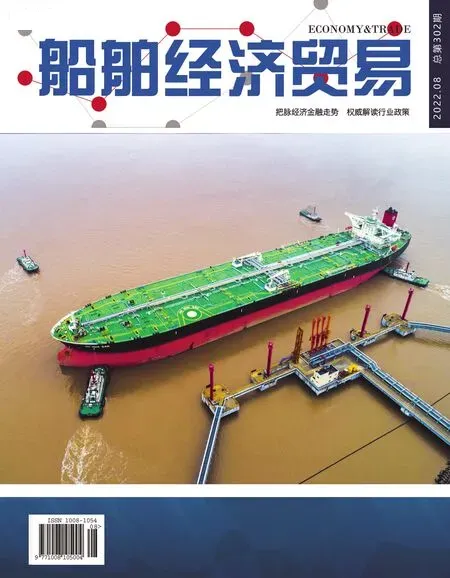Shipbuilding Industry Economic Performance Analyzed for H1 2022
China Association of the National Shipbuilding Industry (CANSI)
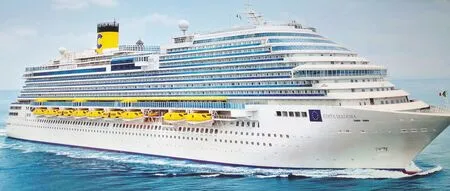
In the first half of 2022, under the firm leadership of the CPC Central Committee and the State Council, and with the strong support of government departments at all levels, China's shipbuilding industry calmly responded to many challenges brought about by changes rarely seen in the century and the COVID-19 epidemic. The whole industry worked hard, showed strong resilience and vitality, and maintained a good momentum of development. China's international market share of the three major shipbuilding indicators continued to be in the lead, new breakthroughs were made in highend ships, local major breakpoints and blocking points were basically cleared, production gradually returned to normal, and industry revenue and profits achieved growth. However, maintaining steady growth throughout the year still faces a severe test.
Basic Information of Economic Performance
Three major shipbuilding indicators a mixed bag
In H1 2022, national shipbuilding completion reached 18.50 million DWT, down 11.6% YOY, the figure increased by 64.2% in June over May; new ship orders reached 22.46 million DWT, down 41.3% YOY, and the figure increased by 107% in June over May. By the end of June, handheld ship orders had reached 102.74 million DWT, up 18.6% YOY, and up 7.2% over the end-2021.
During the same period, national export ship completion hit 15.81 million DWT, down 19.9% YOY; export ship orders reached 20.44 million DWT, down 40.2% YOY. By the end of June, handheld export ship orders had reached 91.13 million DWT, up 18.2% YOY. Export ships accounted for 85.5%, 91% and 88.7% of national shipbuilding completions, new ship orders and handheld ship orders respectively.
Ship export value slightly falls
The customs statistics show during the January-June period, China's ship export value stood at US$10.43 billion, down 5.7% YOY. Bulk carriers, oil tankers, container ships and gas carriers dominated exports, with total export value accounting for 68.2%. Bulk carriers made up 28.9%, container ships 18.9%, oil tankers 14.5% and gas carriers 5.9%.
Revenue growth and profit recovery for key monitored shipyards
From January to June, the main business revenue of 75 key monitored ship enterprises was 130.68 billion yuan, up 5.2% YOY; the total profit was 2.03 billion yuan, up 191.2% YOY. The scale of corporate losses decreased, reducing the number of companies running in the red to 14 from 18 in the same period last year.
Major highlights of economic performance
International market share continues to lead, the head and waist enterprises make joint efforts
In H1, China's shipbuilding completion, new orders and handheld orders in terms of dead weight tons accounted for 45.2%, 50.8% and 47.8% of the world's total, compared to 42.0%, 47.7% an 41.5% in terms of CGT, all ranking first in the world. Industrial concentration of head enterprises basically remained stable, the top 10 companies of shipbuilding completion accounted for 70.9%, the top 10 companies of new ship orders accounted for 68.3% of the country's total, and the top 10 companies of handheld ship orders accounted for 66.5% of the country's total. Waist enterprises showed fairly prominent performance, the number of enterprises with new orders of more than 50,000 DWT hit 40 in H1, 10 more than the same period last year.
New breakthroughs made in highend ships, and green ships diversified
In H1, China undertook 30 large 174,000 m3 LNG carriers, accounting for 32.6% of the global total, making a major breakthrough. The high-end trend of new ship orders was obvious, with CGT/DWT ratio reaching 0.49, the best level in history. The product structure was further optimized. Container ships, gas carriers, bulk carriers and oil tankers accounted for 30.9%, 30.7%, 21.8% and 6.5%, respectively in terms of CGT. Green power was fully applied in the mainstream ship types. In addition to container ships, the world's first LNG powered 318,000-ton VLCC , 209,000 DWT Capesize bulk carriers and other green ships were built and delivered. From January to June, the proportion of green power ships in new orders rapidly increased from 24.4% in 2021 to 44.8%.
Application of domestic marine equipment products accelerates, and stability of the industrial chain enhanced
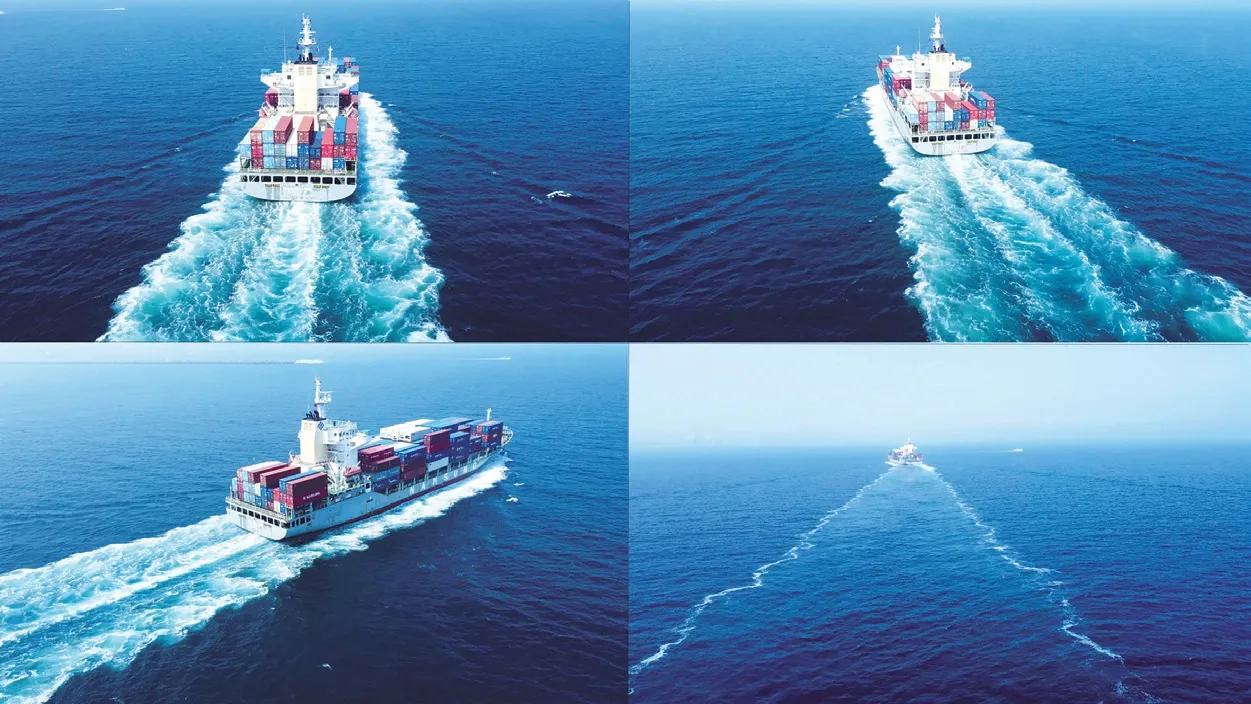
In H1, some imported marine equipment products could not be supplied due to the epidemic, which forced the application of domestically made marine equipment products. Marine high-performance butterfly valves and fin stabilizers were replaced domestically, and the embarkation rate of domestically made marine equipment such as medium-high speed diesel engines, generator sets, marine boilers, marine cranes and marine fuel gas supply system (FGSS) was significantly improved. The domestic manufacturing level of high-end marine steel was significantly improved, all crackarresting straps for large container ships were replaced domestically, and the localization rate of the duplex stainless steel for chemical tankers increased from less than 50% to more than 90%.
Offshore oil and gas equipment market picks up, new equipment develops rapidly
In H1, international oil prices fluctuated at high levels, Brent international crude oil spot prices rose 53.1% from the beginning of the year, driving the marine oil and gas equipment market, created favorable conditions for China's marine engineering equipment enterprises destocking, with delivery of one jack-up drilling platform, one semi-submersible auxiliary drilling platform and six ocean engineering auxiliary ships. Shipbuilding and ocean engineering equipment enterprises have been actively developing in offshore wind power, offshore PV, offshore fishery equipment and other fields. China’s first deepsea offshore wind power construction ship and the world's first 100,000-ton large-scale cultivation factory ship were delivered successively, and the construction of pile foundation fixed offshore photovoltaic projects in Shandong Province has been promoted in an orderly manner.
Digital transformation of enterprises accelerates, green factory construction makes major headway
In H1, Jiangnan Shipbuilding, a subsidiary of China State Shipbuilding Corporation (CSSC), completed integration test of automatic processing unit of profile welding surface primer and free side intelligent chamfer unit for parts. Huangpu Wenchong's unit-assembly welding robot, laser composite welding and other intelligent new tooling were put into use. Thirteen enterprises, including COSCO Shipping NACKS, have completed the acceptance of 58 intelligent manufacturing projects, such as full-position automatic welding equipment in the segment stage. The intelligent manufacturing center of China Merchants Industry Haimen Base under China Merchants Group came into operation, and four shipyards will complete distributed photovoltaic grid-connected power generation within this year. Jiangsu Yangzijiang Shipbuilding Group has built a digital management platform integrating materials, production, quality, technology and work methods, further expanded the scale of new rooftop PV power generation, and transformed the existing high energy consuming air compressor room into an energy-saving intelligent air compressor station.
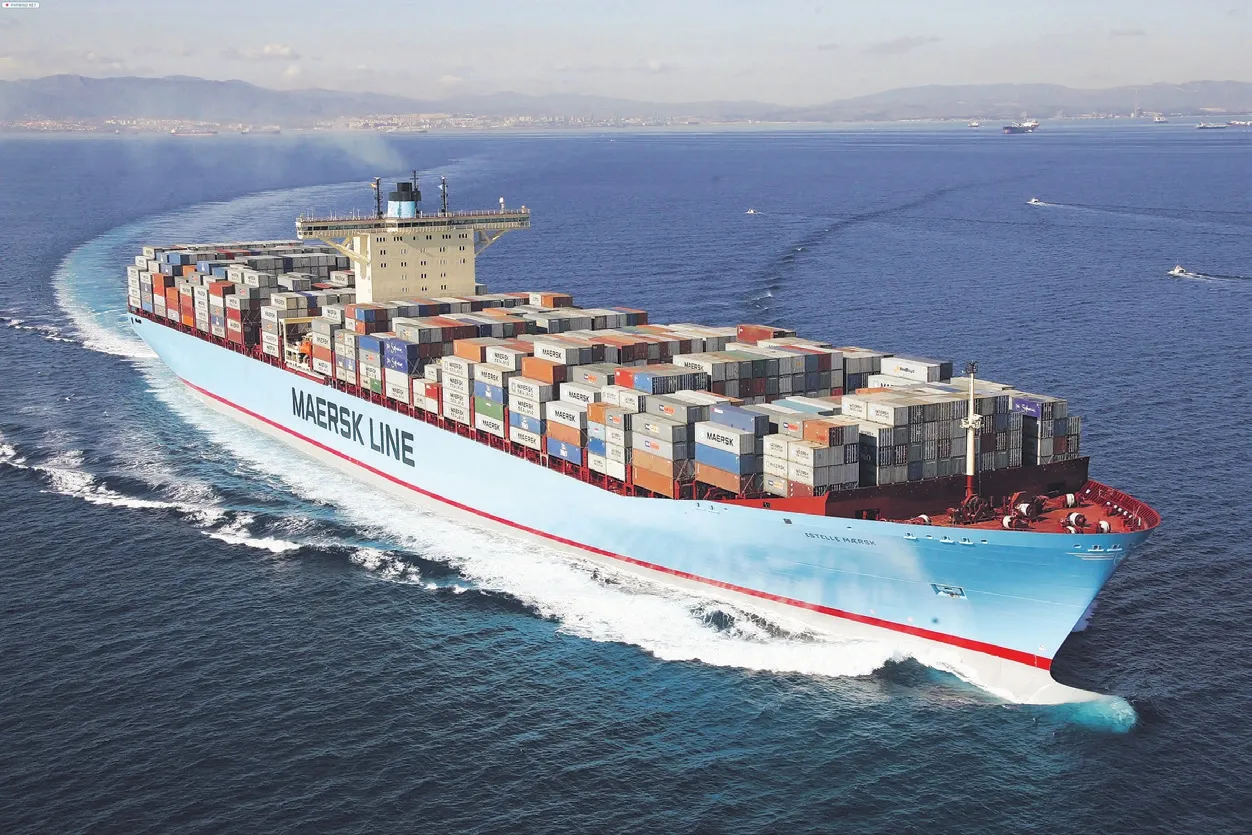
Challenges and major problems
Benefits improve, with big comprehensive cost rising pressure
In H1, benefits of shipbuilding enterprises have improved, and some external factors changed in a favorable direction. The price of marine steel plate decreased by about 500 yuan / ton YOY, and the exchange rate of RMB against the US dollar depreciated by about 5%. However, the relevant adverse effects still existed. The price of marine equipment generally rose. The price of marine low-speed engine, affected by imported crankshaft, chips and other parts, increased by about 20% compared with the end of last year, and the procurement cycle was extended from the original 10 months to more than 20 months. Marine paint prices rose by 20%-30%, and industrial electricity prices rose by about 10% YOY. Due to the impact of local epidemic, some enterprises' logistics and transport costs and epidemic prevention and elimination expenses increased significantly. It is difficult to fundamentally reverse the state of increasing income without increasing profit for enterprises in a short time.
Production efficiency of enterprises improves, and obstacles in international exchanges still exist
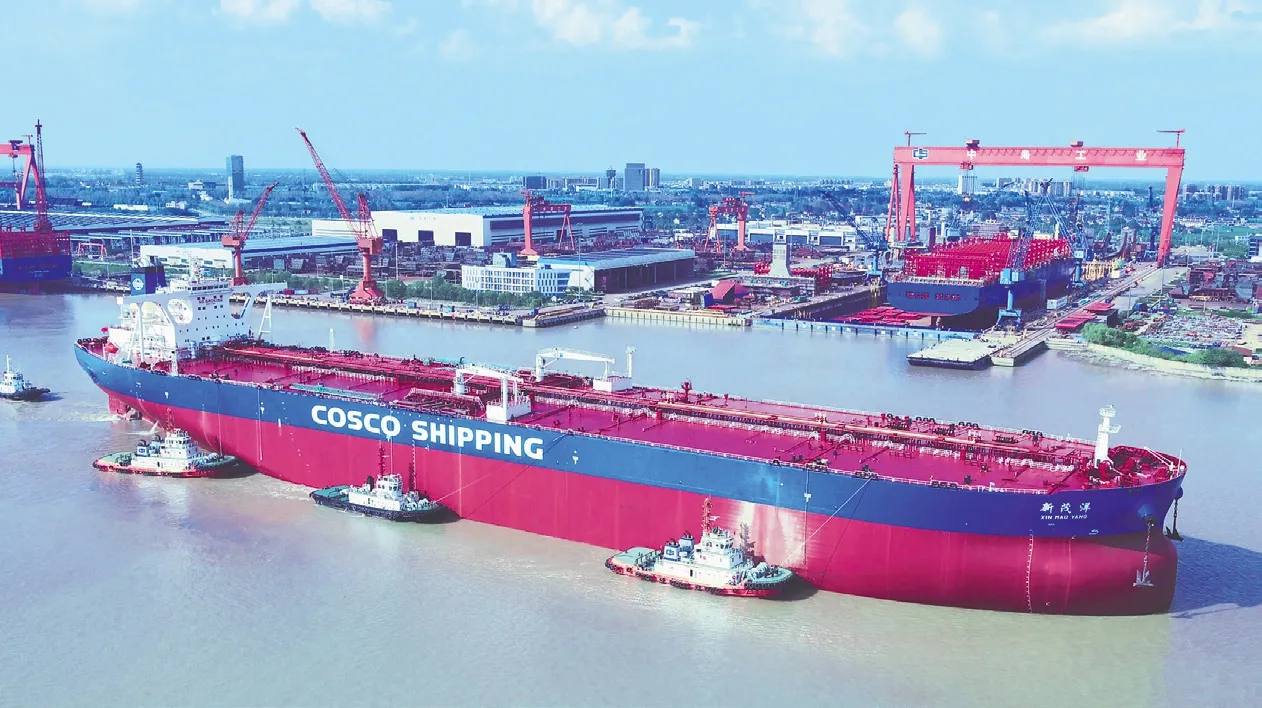
In H1, ship enterprises overcame the impact of the epidemic, adopted closed management methods, and paid close attention to production planning and scheduling. The construction efficiency of key ship enterprises was continuously improved, and the key cycle of the main construction ship types of various enterprises was shortened by 5% -20%, effectively ensuring the delivery of ships on schedule. However, international exchanges were still substantially r e s t r i c t e d, a n d i n t e r n a t i o n a l shipowners, crew members and service engineers could not come into place in time, which affected the installation, commissioning, sea trial and delivery of equipment for export ships under construction. At the same time, all kinds of international business visits and market promotion activities could hardly be realized, technical and business exchanges could not be carried out normally, and the contract negotiation pace of potential export ship projects was slow.
The production task of ship enterprises is full, with prominent problem of labor shortage
In H1, the production tasks of domestic backbone shipbuilding enterprises were generally full, and the production guarantee coefficient (handheld order volume / average annual completion volume in the past three years) averaged 2.68 years. Some enterprises exceeded three years, increasing the demand for skilled workers. At present, enterprises have fully resumed work and production, working overtime to recover the delayed construction period due to the epidemic in H1, and the demand gap for welders and other skilled workers continues to widen. The sporadic resurgence of the epidemic in China led to the significant increase of labor churn rate of shipbuilding enterprises, and the problem of unstable labor force in H1 became more prominent. At the same time, the cost of enterprises and the cost of maintaining the labor force increased significantly.
Predictions
In H2, as the risk of stagflation in the world economy rises, the policies in major economies tend to tighten, the uncertainties of external factors affecting the development of the shipbuilding industry will further increase, the international shipping market will remain active, and the newbuilding market will still maintain a high trading volume. It is expected that global shipbuilding completion in 2022 will remain at a high level of 90 million DWT, with new ship orders of less than 100 million DWT, falling YOY, and handheld orders will remain at 210 million DWT. China's completed shipbuilding volume will exceed 40 million DWT, new ship orders will reach about 50 million DWT, and handheld ship orders will remain about 100 million DWT.
Proposals
Attach great importance to the uncertainty of external impact
At present, the shipbuilding industry development is facing still very complicated domestic and foreign environment, and the uncertainty factors are increasing. It is suggested that shipbuilding enterprises prepare for high cost operation, plan and take measures in advance, adhere to the risk-neutral concept, strengthen the stable and healthy relationship with industry chain upstream and downstream, and by signing long-term purchase agreements with steel enterprises and inking forward exchange settlement agreements with financial institutions, lock costs of steel and other main raw materials, control exchange rate risk, and strive to increase both income and profit under the situation of overall market recovery.
Attach great importance to the risk of performing the contract under full tasks
At present, most shipbuilding enterprises have full orders, and the production task is heavy. When the epidemic blocks smooth operation of industrial chain and supply chain, shipbuilding enterprises should focus on problems caused by uncertainty, advance plan and take effective measures to prevent production schedule retarded by arrival delay and logistics efficiency decline, ensure the handheld order ship delivery on schedule, and avoid significant performance risk. At the same time, they should strengthen the research and judgment of the shipping and shipbuilding market situation, grasp major emerging problems and trends, and make early warning and forecast in advance.
Attach great importance to the new development opportunities brought by green ships
At present, in the context of global climate change, the new regulations on low carbon of international ships are constantly upgraded, the carbon peaking and carbon neutrality timetable and roadmap of the shipping industry are gradually made clear, and the orders for green powered ships have shown explosive growth, fully expanding to the three mainstream ship types -- container ships, oil tankers and bulk carriers. It is suggested that shipbuilding enterprises should speed up R&D and innovation of green ship technology and seize the new opportunities of green ship development.
Attach great importance to the long-term problem of labor shortage
In recent years, influenced by many factors, the labor shortage of ship enterprises has shown a longterm development trend, which has become an important restricting factor for the development. It is suggested that the relevant departments of the key regional governments should attach great importance to this aspect. Key shipbuilding enterprises are suggested to actively explore the reform of existing employment mode, by moderately increasing the number of local workers, raise their remuneration, improve the working environment, maintain the relative stability of skilled l workers, at the same time, according to the existing foundation and conditions, steadily promote intelligent manufacturing technology application, improve production efficiency, and alleviate the shortage of labor shortage.
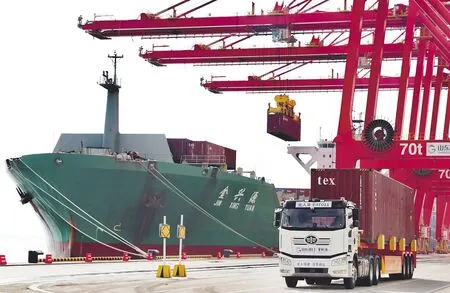
- 船舶经济贸易的其它文章
- Build Modified Quality FPSO,Chase a Deep Blue Dream
—— Dalian COSCO Shipping Heavy Industry and MODEC Cooperate in Offshore Oil and Gas Equipment Retrofitting - —— CSSC South China Marine Machinery Deeply Engaged in Offshore Platform Crane Development">How is Offshore Platform Crane "Single Champion" Made
—— CSSC South China Marine Machinery Deeply Engaged in Offshore Platform Crane Development - 85% Shiprepair Businesses Report Profit
- 国际船舶市场行情每周评述
- 韩国船企何以破解“用工荒”?
- 利用氨作为船用燃料可持续发展渐露曙光

